5 Things to Do in Little Tokyo, California
Never been before? We’ll be your trustee Little Tokyo guide with a day’s worth of fun things to do in Little Tokyo.
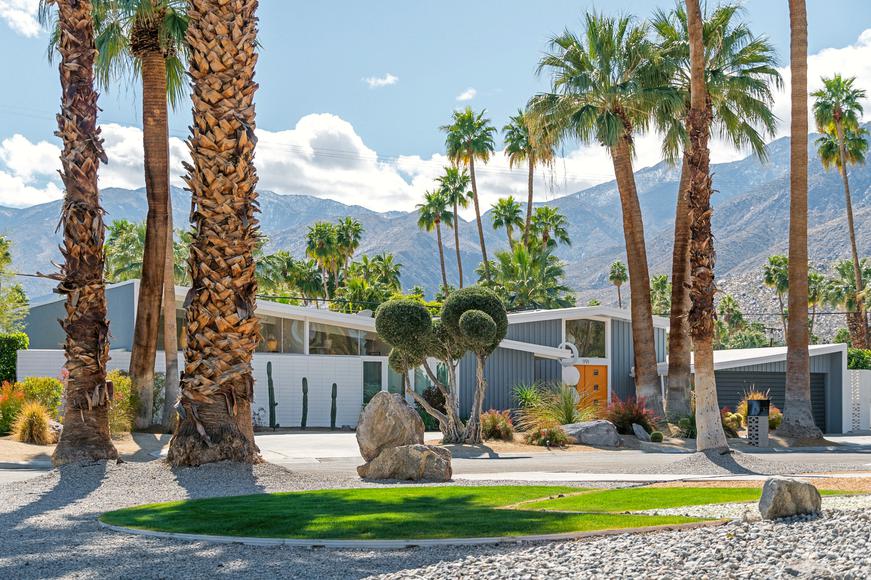
Take yourself on an architecture tour of Palm Springs to see some of the most unique and beautiful buildings in SoCal.
You can’t avoid mid-century modern architecture when spending time in Palm Springs. In fact, many people treat the city as a living museum and visit just to revel in the unique, desert-chic Palm Springs architecture. Contemporary with touches of Old Hollywood glamour, the prized houses in Palm Springs beckon to all—there’s a reason why this town in the Sonoran Desert was home to the likes of Frank Sinatra, Elvis Presley, and Marilyn Monroe.
So, don’t let the glitz and glamour of Palm Springs distract you from the sheer architectural marvels scattered around the area. There are numerous homes in Palm Springs’ neighborhoods that are worthy of seeing. (It just so happens that the most impressive, ahead-of-their-time houses were once owned by the rich and famous—who would’ve thought?) Whether you’re escaping to Palm Springs for the weekend or planning to attend Modernism Week, you’ll want to make time for an architecture tour of Palm Springs.
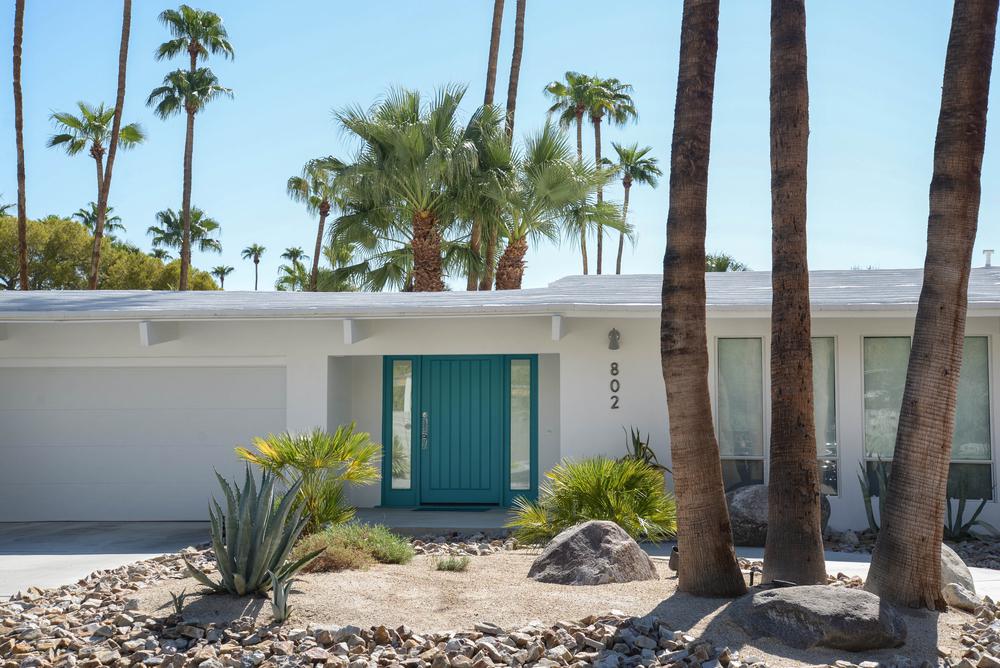
Believe it or not, Palm Springs wasn’t always an architectural mecca for modernism fans. Palm Springs architecture didn’t become what it is today until it captured the attention of Hollywood A-listers, pioneering architects, and visionaries. Actors, actresses, musicians, and more creatives bought homes in the largely unexplored town because it allowed them to escape from L.A. but still be close enough to get to work if need be.
Leading architects and designers were commissioned to develop the elite’s houses. These architects took inspiration from the Bauhaus and international styles and modified them to accommodate the SoCal climate and surrounding desert. This led to the creation of Desert Modernism, which perfectly blends the indoors and outdoors.

Does your business rank among the best in California?
nominate a businessLearn more about our selection criteria and vetting process.
Before jumping into the architecture tour of Palm Springs, let’s also take a moment to recognize the innovative, highly influential architects behind the mid-century Palm Springs homes we love today.
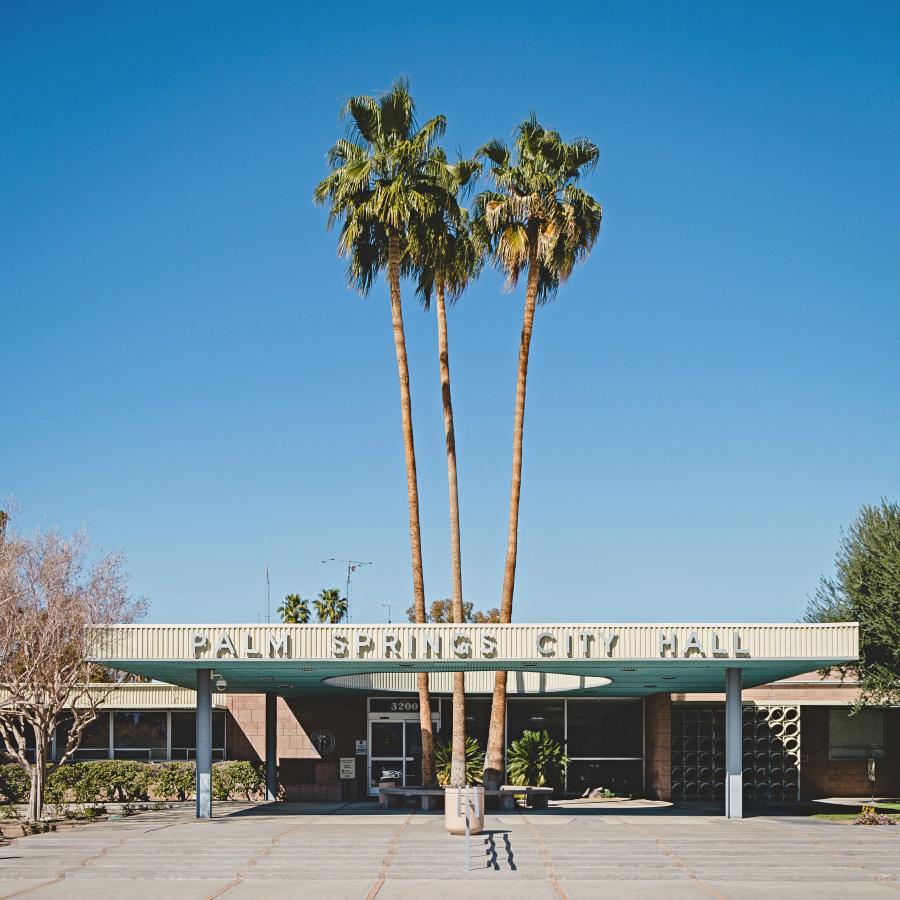
1. Richard Neutra emigrated from Austria to the U.S. in 1923 and became one of the most influential architects of the 20th century. His notable Palm Springs architectural creations include the Grace Miller House and the uber-famous Kaufmann house—created for businessman and philanthropist Edgar Kaufmann.
2. Donald Wexler served in the Navy during World War II before moving to L.A. to pursue his architectural dreams. He worked for Neutra for a while and then partnered with Richard Harrison, with whom he created many banks and schools around the Coachella Valley. Wexler and Harrison were also the masterminds behind the Steel Development Homes—a housing model that was low-cost, easily replicable, and suited to the desert climate—which were built by the Alexander Construction Company.
3. Albert Frey was another architect who built Palm Springs. Originally hailing from Switzerland, Frey came to Palm Springs in 1934 to help supervise a construction project and ended up staying in the region, continuing to build his most influential buildings. Noteworthy architecture by Frey includes the Palm Springs Aerial Tramway, Frey Houses I and II (his own homes), Palm Springs City Hall, and Tramway Gas Station.
4. The son of an American diplomat, William Krisel was born in China but returned to the states with his family at the age of 13. He studied architecture at the University of Southern California and later stayed in the area to develop affordable homes, especially tract housing, with a modern aesthetic. He is responsible for designing more than 30,000 residences in SoCal—yes, you read that right—including many that were built by the Alexander Construction Company.
5. Stewart Williams also significantly shaped the architectural landscape of the Coachella Valley. He designed the Palm Springs Art Museum, Coachella Savings and Loan building, and Twin Palms—also known as the Frank Sinatra Estate. All are notable stops on most architecture tours in Palm Springs.
6. Prior to embarking on an architectural journey, Hugh M. Kaptur was a marine. He moved to Palm Springs in 1956 (where he still resides), and his notable creations include the Musicland Hotel Palm Springs, Tahquitz Plaza, and houses for Steve McQueen and other celebs.
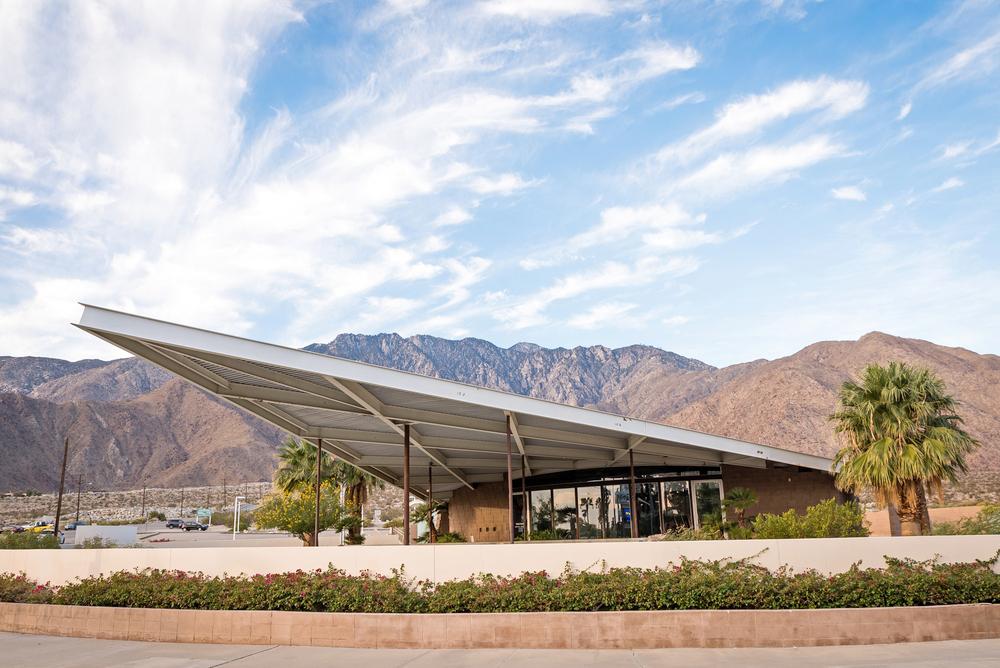
Address: 2901 North Palm Canyon Drive, Palm Springs
You can’t miss the Palm Springs Tramway Gas Station—seriously, it was intended to be the first building people would see on their way into town. Designed by Frey and Robson C. Chambers, this wedge-shaped building is a classic example of modernist architecture. The building is now the Palm Springs Visitors Center, so if you have any questions, this is the place to drop by.

Address: 1 Tram Way, Palm Springs
In addition to being a highlight on virtually every architectural tour in Palm Springs, this site boasts the title of the world's largest rotating aerial tramway. Conceived by Albert Frey in 1963, the tramway was created to offer a unique transportation method from the Coachella Valley's base up to the natural beauty of Mount San Jacinto State Park, close to San Jacinto Peak's summit.
On the way up, the tram cars rotate slowly, offering picturesque vistas of the landscape below. Trust us, you’ll want to experience the Palm Springs Aerial Tramway—this is one of the coolest things to do in Palm Springs.
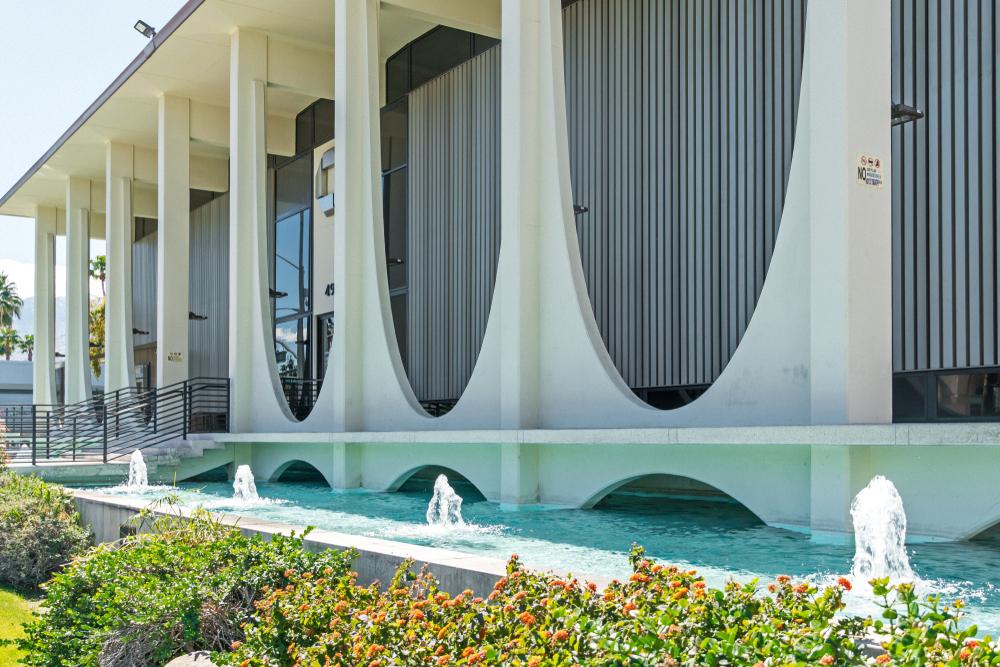
Address: 499 South Palm Canyon Drive, Palm Springs
Coachella Valley Savings and Loan is definitely not as boring as its name makes it sound. The structure is a landmark example of mid-century modern architecture. Created by Williams, the minimalist building is actually a bank today—the snazziest bank in SoCal—featuring a flat roof, deep overhangs, and steel-frame construction.
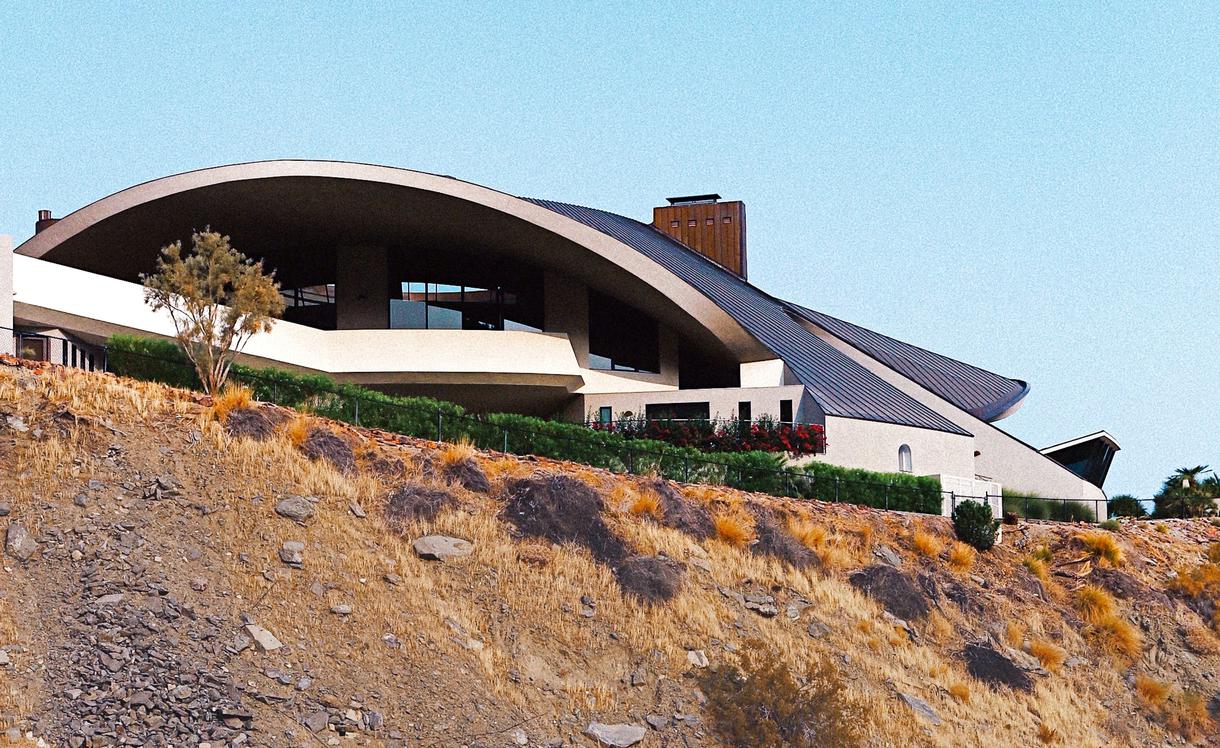
Address: 2466 Southridge Drive, Palm Springs
Although Bob Hope is renowned for his movies, comedy, and Academy Awards hosting gigs, his real estate investments are no less impressive. His house in Palm Springs is truly one of a kind and is often compared to a spaceship, thanks to its looming, undulating triangular roof and large light shaft. Visiting during Modernism Week is your best bet to take a peek, as it is located in a gated community.
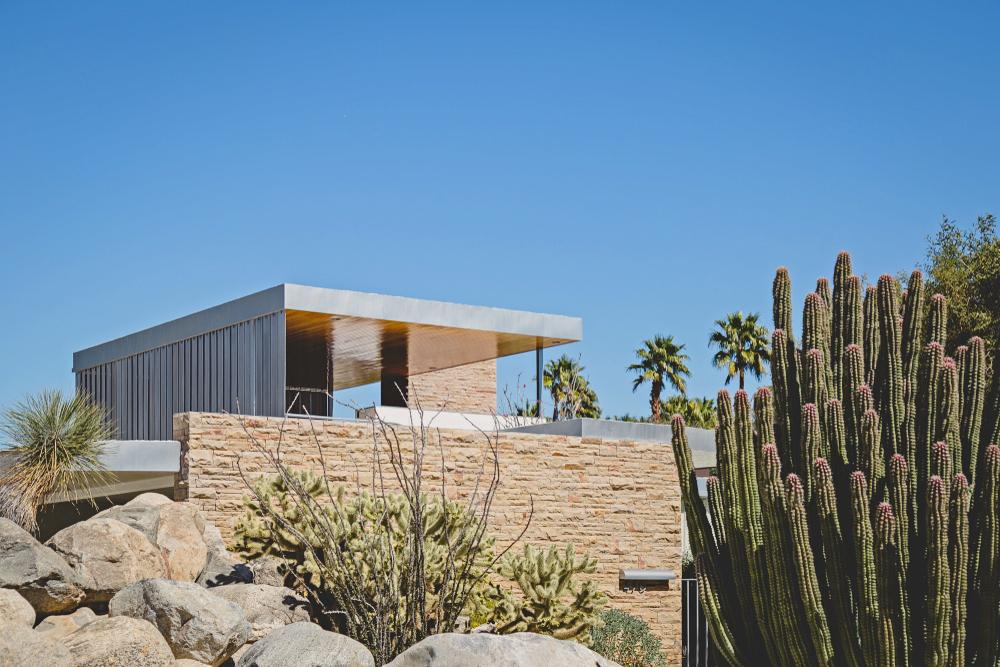
Address: 470 West Vista Chino, Palm Springs
Constructed in 1946 by Neutra, the iconic Kaufmann House has played a pivotal role in shaping the modernist look that would come to characterize future constructions in the resort destination of Palm Springs. Recognized by the Palm Springs City Council as a Class 1 Historic Site, this home has undergone several renovations over the years, yet has managed to preserve essential aspects of its initial blueprint.
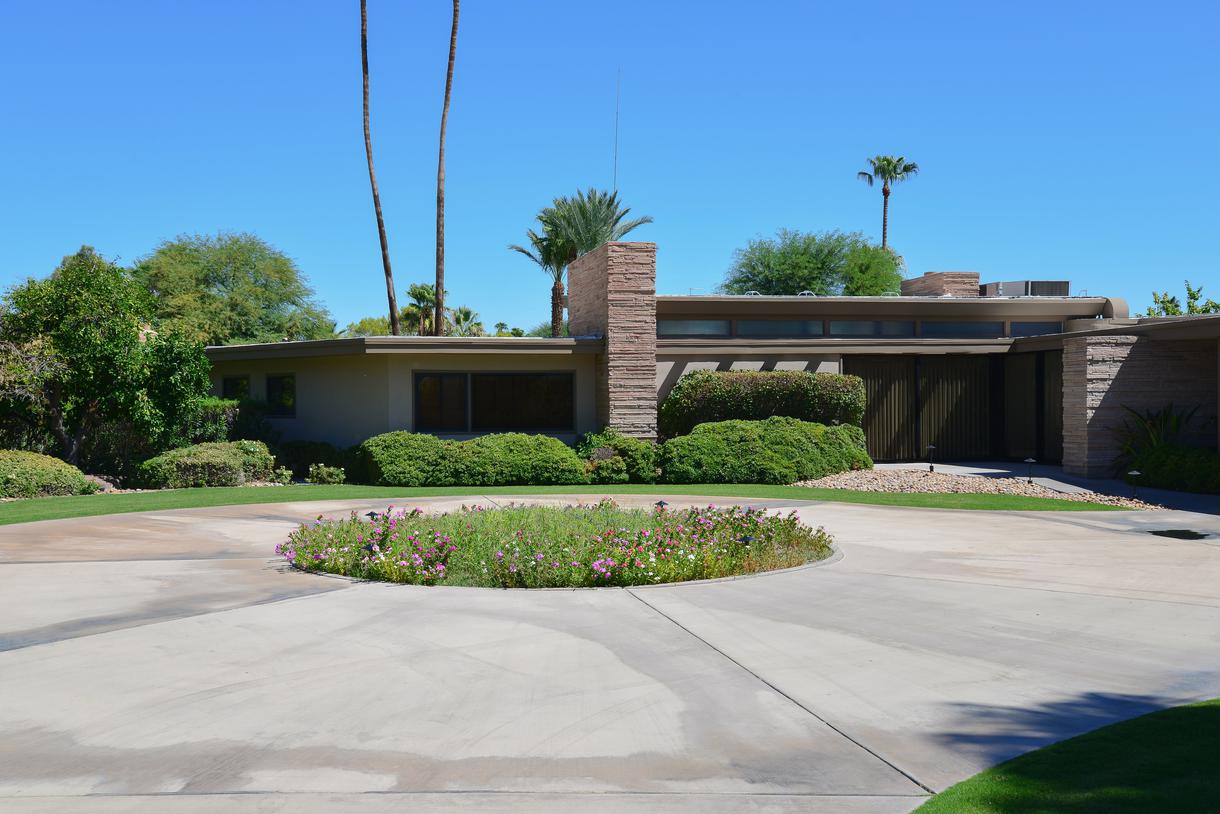
Address: 1148 Alejo Road, Palm Springs
Also known as Twin Palms, Sinatra’s estate is another creation by Williams. This lavish 4,500-square-foot home is situated in the Movie Colony neighborhood and is famous for stories of star-studded parties, brawls, and celebrations—there’s a good reason why every Palm Springs mid-century modern tour features Sinatra House as a prominent stop.
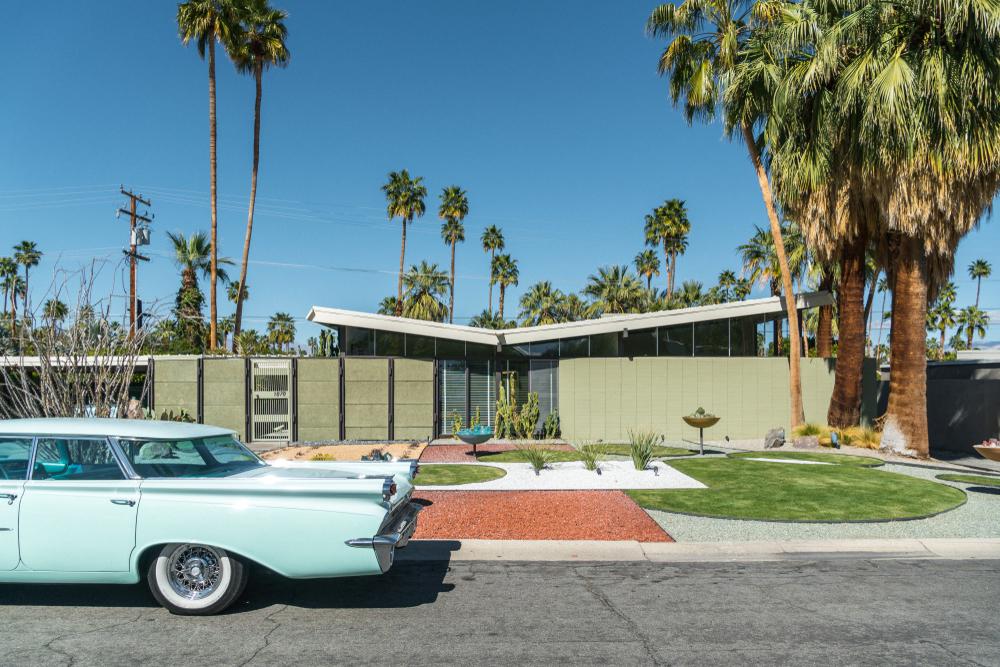
Where to find Alexander homes: Twin Palms neighborhood and Vistas Las Palmas
The Alexander Construction Company came to Palm Springs in 1955 and constructed more than 2,200 mid-century modern homes, many of which were designed by notable architects. The company is credited with being one of the biggest influences behind the established modernist style that continues to be imitated all around the world.
Where to find Alexander Steel Houses: East Molino Road and Sunny View Drive
Prior to making steel residential houses, Wexler had designed many school buildings using steel construction. He believed that the same methods could be used to build stylish and affordable homes, so he did just that with The Alexander Construction Company. Today, steel houses are a staple style of mid-century Palm Springs.

Where to find Swiss Miss Homes: Vista Las Palmas
Built by the Alexander Construction Company, many Swiss Miss homes are scattered around Palm Springs and are notable for their A-frame façades. Charles Dubois is a notable architect who designed around 15 of these houses in Vista Las Palmas.
Where to find Art Moderne buildings: Camino Monte Street and Palm Canyon Drive
Dating back to the early 1930s, Art Moderne is a style native to the U.S. and is like Art Deco, but more enhanced—think bigger, bolder, and brassier than its French counterpart. Featuring rounded, curvaceous forms and contrasting colors, Art Moderne houses in Palm Springs are hard to miss.
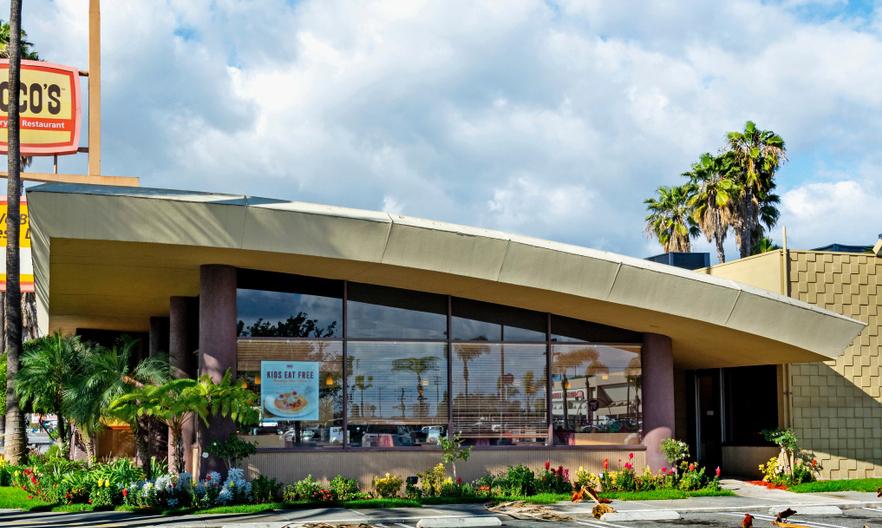
Where to find Googie buildings: Palm Canyon Drive and San Lorenzo Road
To get an idea of what a Googie building is, imagine The Jetsons opening a modernist coffee shop. This architectural style also originated in SoCal around the same time as Art Moderne. The Atomic Age and local car culture inspired the signature geometric shapes of Googie buildings, making for wacky creations with exaggerated rooflines and generous usage of glass.
Where to find Royal Hawaiian Estates: Palm Canyon Drive and Murray Canyon Drive
When Tiki architecture was in fashion, architects Wexler and Harrison combined their modernist ideas with Polynesian motifs to create the Royal Hawaiian Estates. These slightly less popular, mid-century modern homes in Palm Springs were declared a historic district by the city council in 2010.
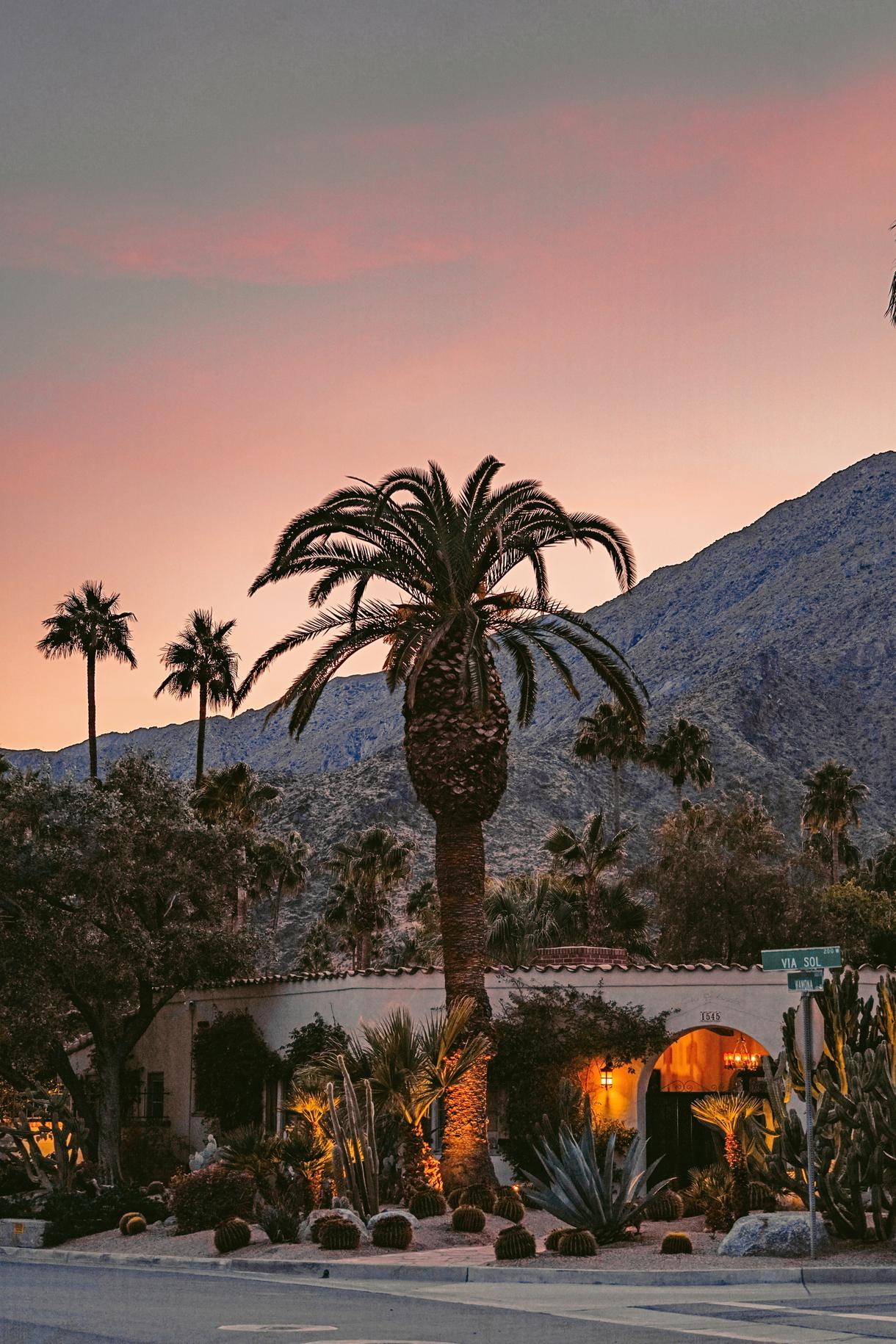
Where to find Spanish Revival houses: Avenida Palmas and Puerto Del Sol
Red-tile roofs, stone exteriors, and elaborate iron fencing—Spanish-style homes are highly sought-after in the Palm Springs area. These houses offer a more cozy and inviting vibe compared to mid-century modern estates, which feature sharp edges and futuristic details.


Never been before? We’ll be your trustee Little Tokyo guide with a day’s worth of fun things to do in Little Tokyo.
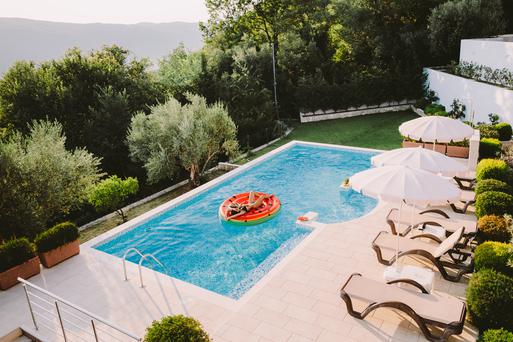
People go on Memorial Day weekend getaways as an indirect celebration of life. How do you plan on celebrating the long weekend?

From undulating mountains, to coastal expanses, to verdant forests, here are some of the top spots for backpacking in California.

Settled off the California coast, the Channel Islands offer endless adventures. Here are the best things to do and how to get there.

